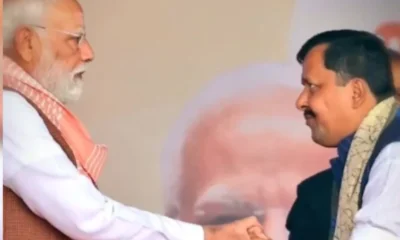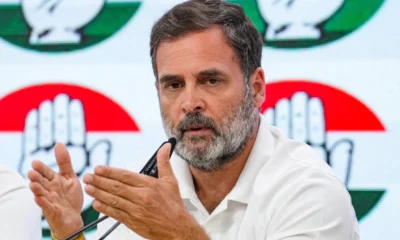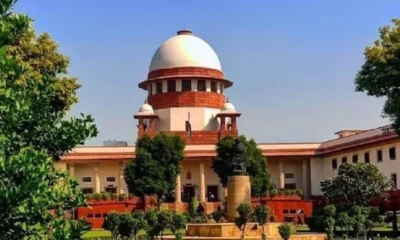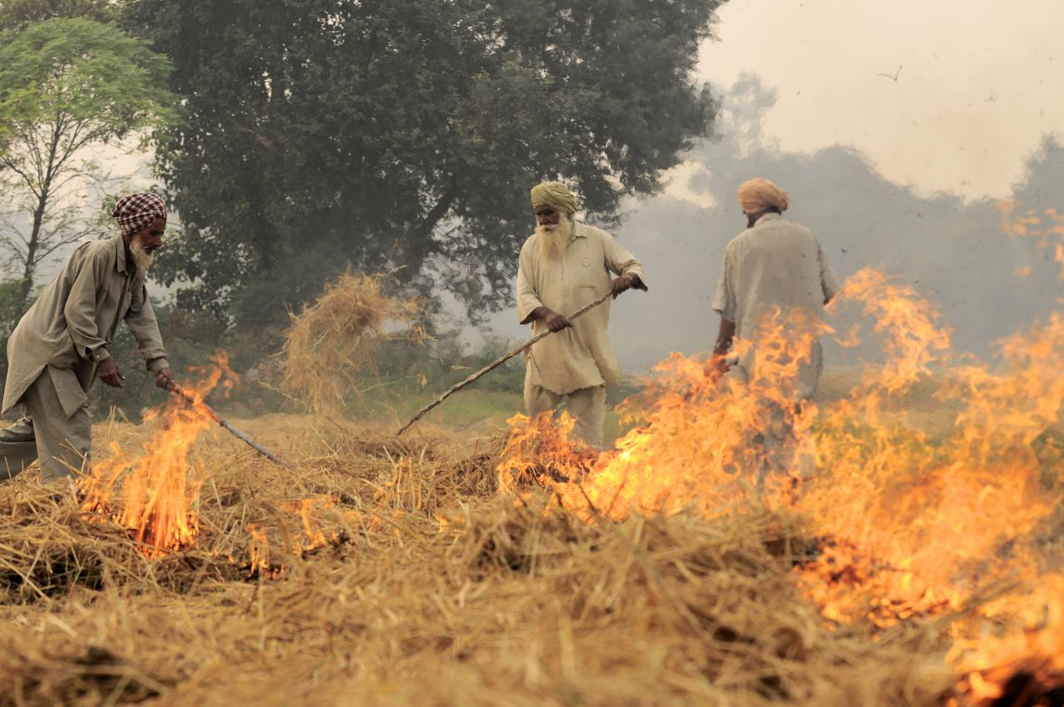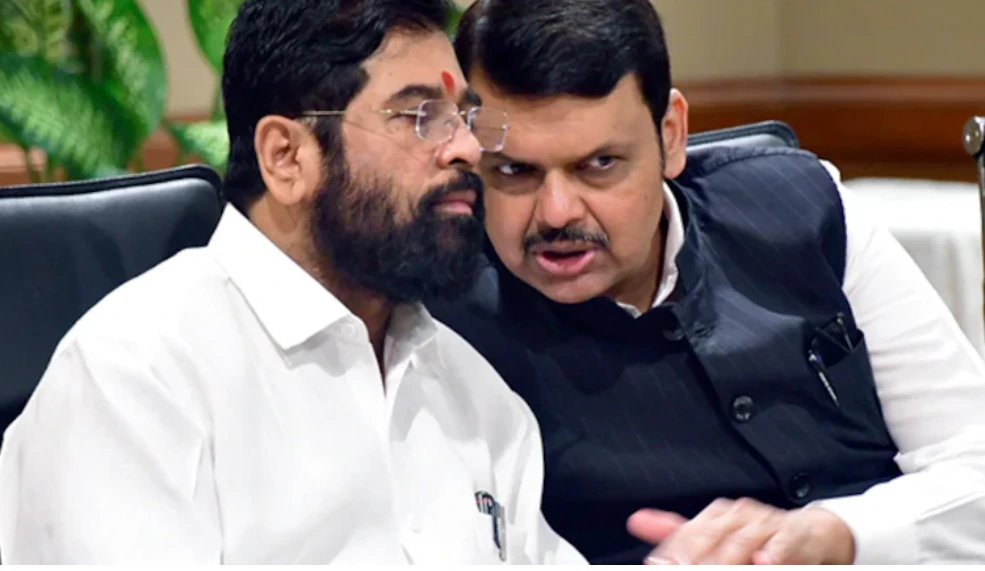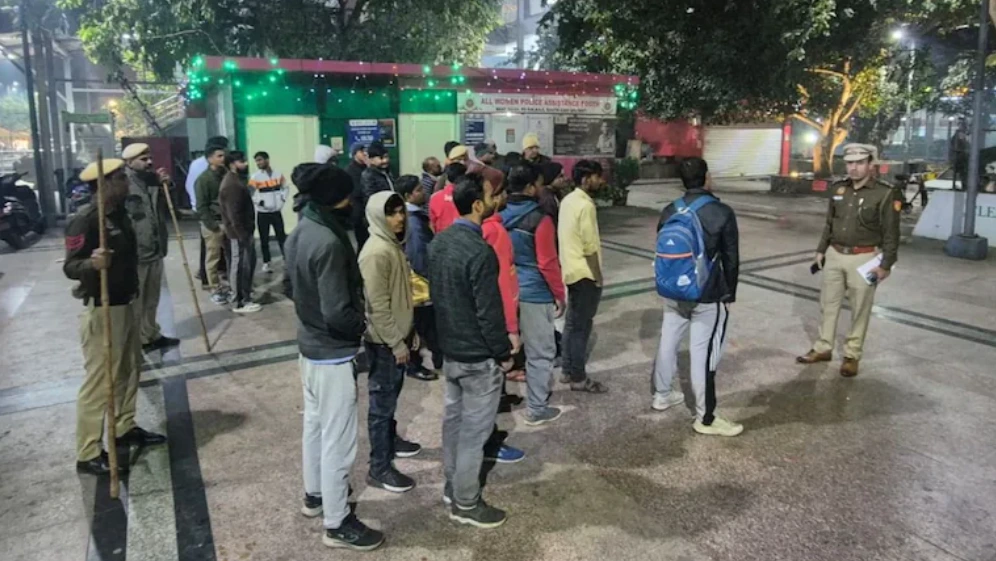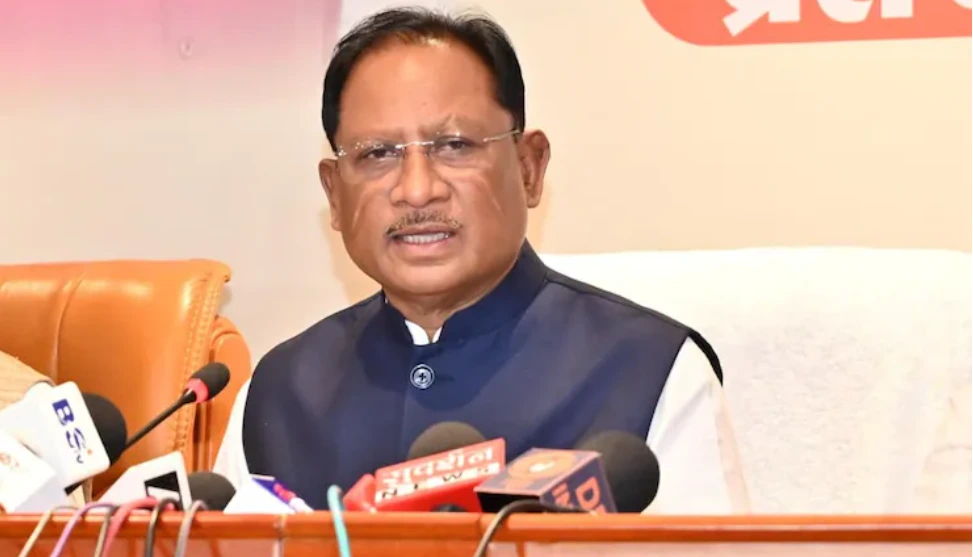Narendra Modi government has finally decided to roll back its order to ban sale and purchase of cattle from animal markets for slaughter.
In the months after the order passed last year, the move had wreaked havoc, giving rise to groups of cow vigilantes indulging in lawlessness and crime, depriving farmers of any resale value for their cattle and leading to a spurt in abandoned cattle crowding streets and highways and stray herds damaging crops.
Sale of cattle in animal markets and cattle fairs had dropped drastically with few willing to risk buying cows or bulls.
According to an Indian Express (IE) report, the government will remove any reference to the term “slaughter” in the new version of the Prevention of Cruelty to Animals (Regulation of Livestock Market) Rules, 2017. The rules first notified by the environment ministry on May 23, 2017, under the Prevention of Cruelty to Animals Act, had triggered an immediate backlash because of the negative impact it had on the stakeholders in the cattle-based trade and economy across the country.
The diluted version is being vetted by the Law Ministry prior to its notification by the Ministry of Environment, Forest and Climate Change, said the IE report.
According to the new version of the law, “no unfit animal or young animal shall be sold in an animal market”. Further, it states that “no person shall permit an animal to be offered or displayed for sale in an animal market if it is likely to give birth while it is there or during its transportation to or from such animal market”.
In its notification last May, the Environment Ministry had restricted the sale of cattle and stated that “no person shall bring a cattle to an animal market unless upon arrival he has furnished a written declaration signed by the owner of the cattle or his duly authorised agent… stating that the cattle has not been brought to market for sale for slaughter”.
Further, it had stated that the “purchaser of the cattle shall… not sell the animal for purpose of slaughter”.
The move negatively impacted animal husbandry, affecting the livelihoods of those linked to dairy farming, leather production and beef export and had also led to an increase in number of cast-off cattle as, in the absence of a market, farmers were forced to let the animals go after they were of no use to them.
In the months following the government’s ban on cattle trade, there were reports of angry farmers chasing cows with lathis and acid sprayers to protect their crops. Alongside, rumours of cow slaughter and sale of beef had triggered violence in several parts of the country. The fear of being attacked by cow vigilantes ran high.
The decision had also sparked outrage in states such as Kerala, West Bengal and Meghalaya on the grounds that it related to an issue under their jurisdiction.
Soon after the original notification last year, the Madras High Court granted an interim stay on the implementation of the rules, specifically Rule 22(b)(iii) that required a person bringing cattle for sale to the market to furnish a written declaration that it would not be sold for slaughter.
In July, the Supreme Court extended the stay to the entire country. A bench comprising then Chief Justice JS Khehar and Justice DY Chandrachud took note of the statement of the Central government that it was reconsidering the notification by taking into account various objections and suggestions of stakeholders and would come up with an amended notification.
The MoEF’s plan to rollback the controversial rules followed its move to seek feedback from states. The ministry had sent two sets of letters to states, the first after the Supreme Court had stayed the ban. The ministry also held consultations with animal rights activists and traders on the issue.
Meanwhile, the India Express reported that Vasundhara Raje-led Rajasthan government has tightened rules to crackdown of cattle transporters by amending the state’s Bovine Animals Act (Prohibition of Slaughter and Regulation of Export Act, 1995), to add provisions to confiscate all vehicles used for illegal transportation of cattle.

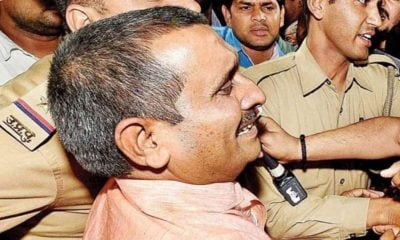
 India News13 hours ago
India News13 hours ago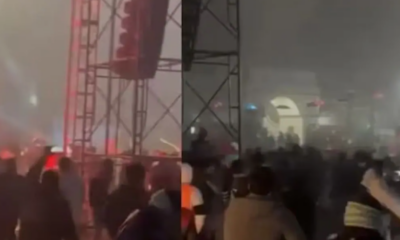
 India News12 hours ago
India News12 hours ago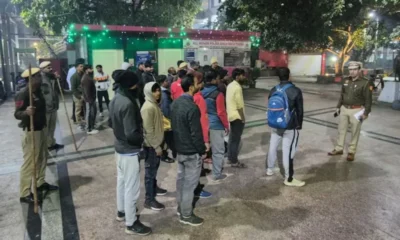
 India News12 hours ago
India News12 hours ago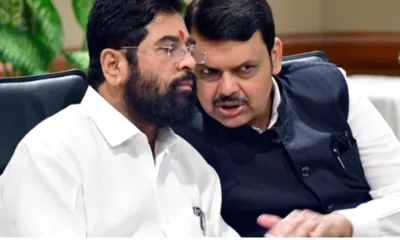
 India News9 hours ago
India News9 hours ago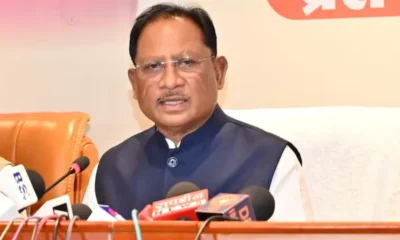
 India News12 hours ago
India News12 hours ago
